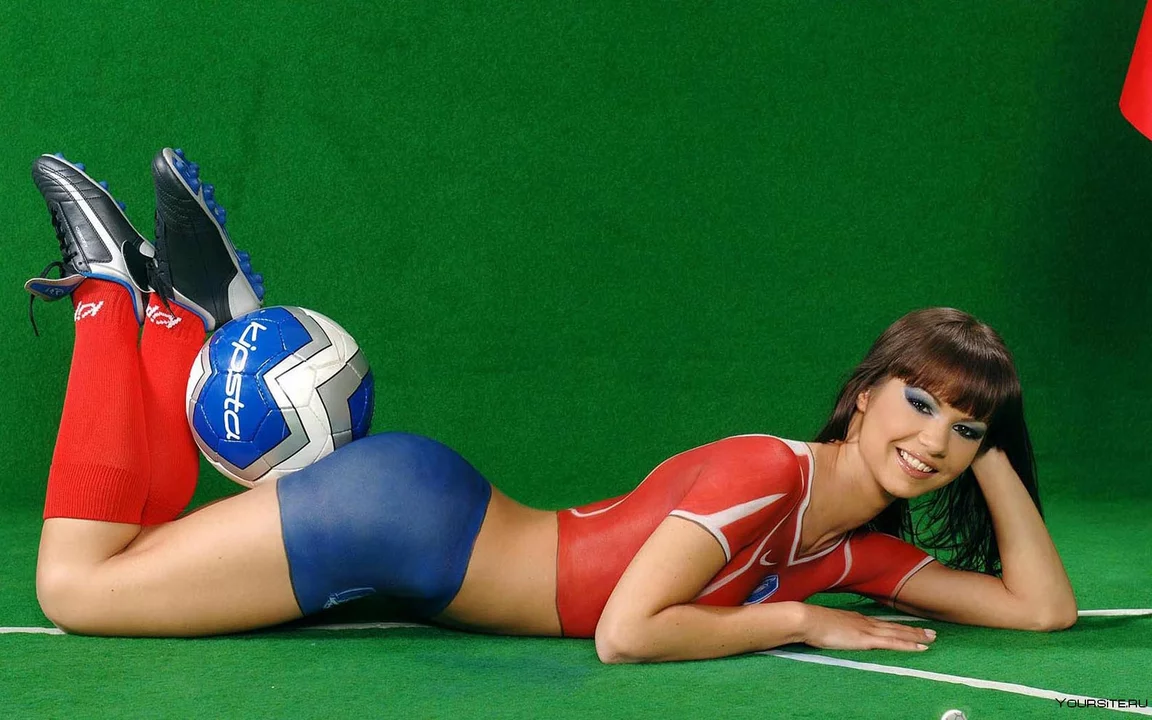Sports History – Understanding the Past to Appreciate the Present
When exploring Sports History, the record of how athletic activities have changed over time, from rules to training methods. Also known as athletic heritage, it shows why modern fans love comparing eras.
One cornerstone of sports history is soccer, the world’s most popular team sport, played on a rectangular field with a spherical ball. The game’s rules, tactics, and player roles have shifted dramatically since the 1980s, making each decade a unique chapter. Understanding those shifts helps you spot why today’s matches feel faster and more tactical.
Another vital piece of the puzzle is fitness, the physical conditioning that enables athletes to perform at peak levels. In the eighties, training focused on endurance runs and basic strength work. Modern programs blend high‑intensity interval training, sports‑specific drills, and data‑driven recovery. This evolution shows that sports history encompasses the advancement of fitness science.
Key Themes in Sports History
Nutrition, often overlooked, is a game‑changer. nutrition, the strategic intake of food and supplements to fuel athletic performance, moved from generic meals to precise macronutrient plans, hydration protocols, and tailored supplementation. The shift illustrates that modern nutrition influences player performance, giving teams a measurable edge.
Training methods also tell a story. Early coaches relied on repetition and intuition; today’s staff use GPS trackers, heart‑rate variability, and biomechanics to fine‑tune workouts. This change shows that analyzing training methods requires understanding past approaches, because each new tool builds on the lessons of previous eras.
When you compare the 1980s to the current era, you’ll notice a clear jump in reaction time, speed, and explosiveness. Players now cover more ground at higher intensities, thanks to advances in sports science and technology. The narrative of faster, stronger athletes is a thread that runs through every article in this collection.
Fans often debate whether the game is better now, but the facts speak for themselves. Modern equipment, from lighter boots to smarter balls, reduces friction and improves control. Combined with enhanced fitness and nutrition, these tools let players execute skills that were once impossible. This relationship proves that equipment innovation supports the evolution of sport.
Beyond the pitch, media coverage reshaped how we experience soccer. Television, internet streaming, and social platforms turned local matches into global events. This cultural shift is a part of sports history that explains why discussions now span continents, not just neighborhoods.
Economics also matter. Salary caps, transfer fees, and sponsorship deals grew exponentially since the 1980s. The financial side influences talent distribution, club strategies, and even how youth academies operate. Seeing these trends helps you grasp why club hierarchies look different today.
Every era leaves a legacy that informs the next. By diving into the articles below, you’ll see how changes in fitness, nutrition, training, and technology interlock to shape the modern game. Whether you’re a casual fan or a stats‑loving analyst, the collection offers concrete examples, data points, and stories that bring sports history to life.
Ready to explore the full timeline? Below you’ll find a curated set of posts that track the transformation from the eighties to the present, giving you clear insight into how each piece fits into the larger puzzle of sports history.
Are soccer players fitter now than in the eighties?
Posted by Zander Callaghan with 0 comment(s)
Soccer players in the modern era are undoubtedly fitter than they were in the 1980s. With advances in science and nutrition, players are now able to hone their skills and push their bodies to the limit, giving them a physical and mental edge that was unimaginable decades ago. From better hydration and nutrition to more precise training and recovery practices, modern soccer players can now perform at peak levels for longer periods of time. They have faster reaction times and more explosive movements, making them more dangerous on the pitch. All this means that they can stay fitter and faster, longer, and give their teams the winning edge.
view more